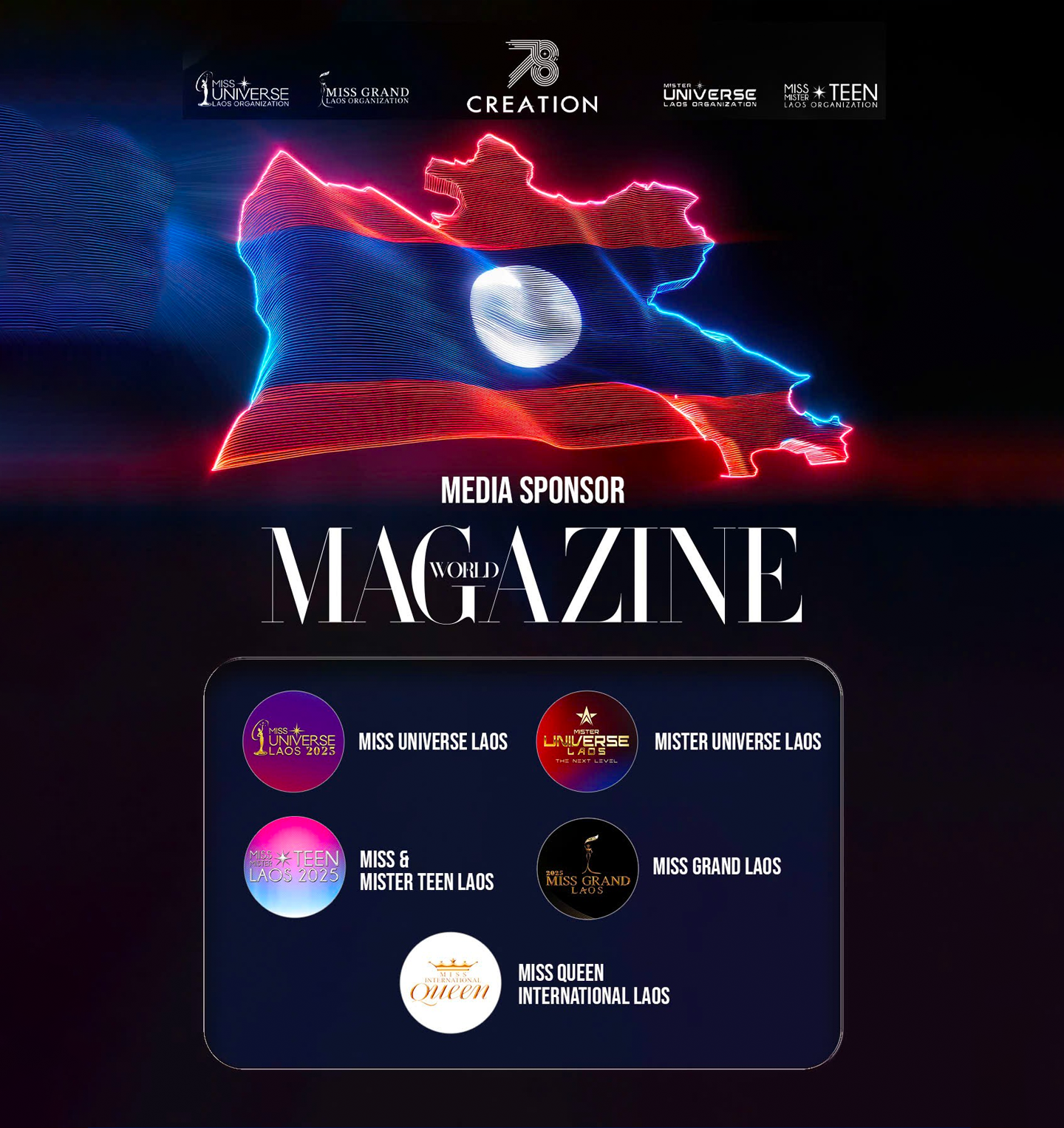Trouville-sur-Mer, affectionately known as La Reine des Plages (The Queen of the Beaches), stands as the more historic and easy-going counterpart to its glamorous neighbour, Deauville. This small, former fishing port on the Normandy coast was transformed from the 1820s onwards into one of France’s first fashionable bathing resorts, largely due to a unique coastal light that seduced a cohort of bohemian artists and writers. Immortalised by Impressionist masters like Claude Monet, Trouville maintains a timeless, stately charm, resisting the glitz of modernity in favour of classic seaside pleasures, authentic markets, and a rich artistic heritage. For visitors arriving via the splendid half-timbered train station of Trouville-Deauville, a turn to the right leads across the Touques River to this tranquil haven, where opulent nineteenth-century architecture, fantastic seafood, and a maze of narrow, art-filled alleyways promise a relaxed French escape.
The Artistic and Architectural Legacy
Trouville’s distinct character is inseparable from its artistic history. In 1870, Claude Monet painted his iconic Promenade à Trouville here, capturing a scene that remains largely unchanged today. The iconic wooden boardwalk, Promenade Savignac, runs parallel to the lapping waves for over a kilometre, lined with Normandy’s distinctive nineteenth-century half-timbered villas and palatial mansions. These stately piles, which once operated as luxurious hotels before conversion to private apartments, compete with each other for opulence and grandeur, giving the town a sense of stately dowager elegance.
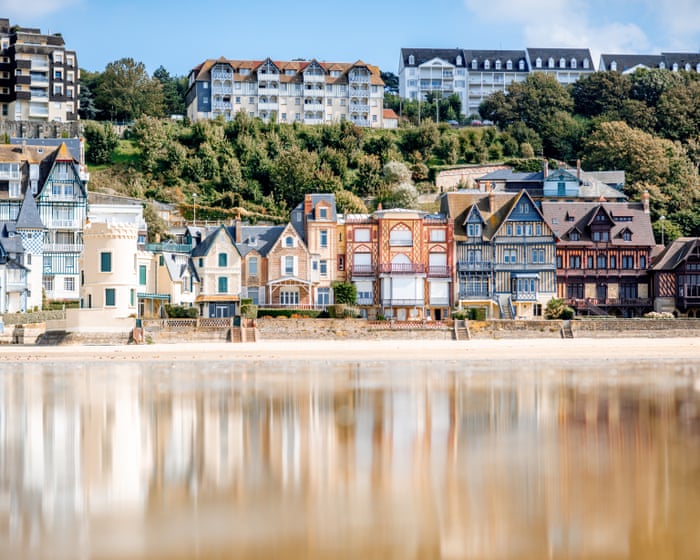
While its sister town, Deauville, dedicates its boardwalk to Hollywood stars, Trouville pays homage to its literary past: its simple wooden benches bear the names of great writers drawn here for inspiration, including Gustave Flaubert, Marcel Proust, and Victor Hugo. The Villa Montebello, an imposing structure set uphill from the beach, is now the municipal museum, where visitors can discover the works of 19th-century painters like Courbet, Corot, and Eugène Boudin, who is often acclaimed as the father of Impressionism. Trouville, therefore, offers a powerful, tangible connection to the cultural history of the Belle Époque era, all within a few minutes’ walk of the modern seaside promenade.
The Bounty of the Normandy Market
A significant part of Trouville’s enduring appeal lies in its vibrant, authentic culinary scene, deeply rooted in the richness of the Normandy region. Wednesday is market day, and the high street teems with stalls selling regional specialities that reflect the surrounding Pays d’Auge countryside. Visitors can find creamy, pungent local cheeses like Pont-l’Évêque and Livarot, alongside traditional Norman liquids such as cider and apple juice, and hearty meats like peppery andouille sausage.
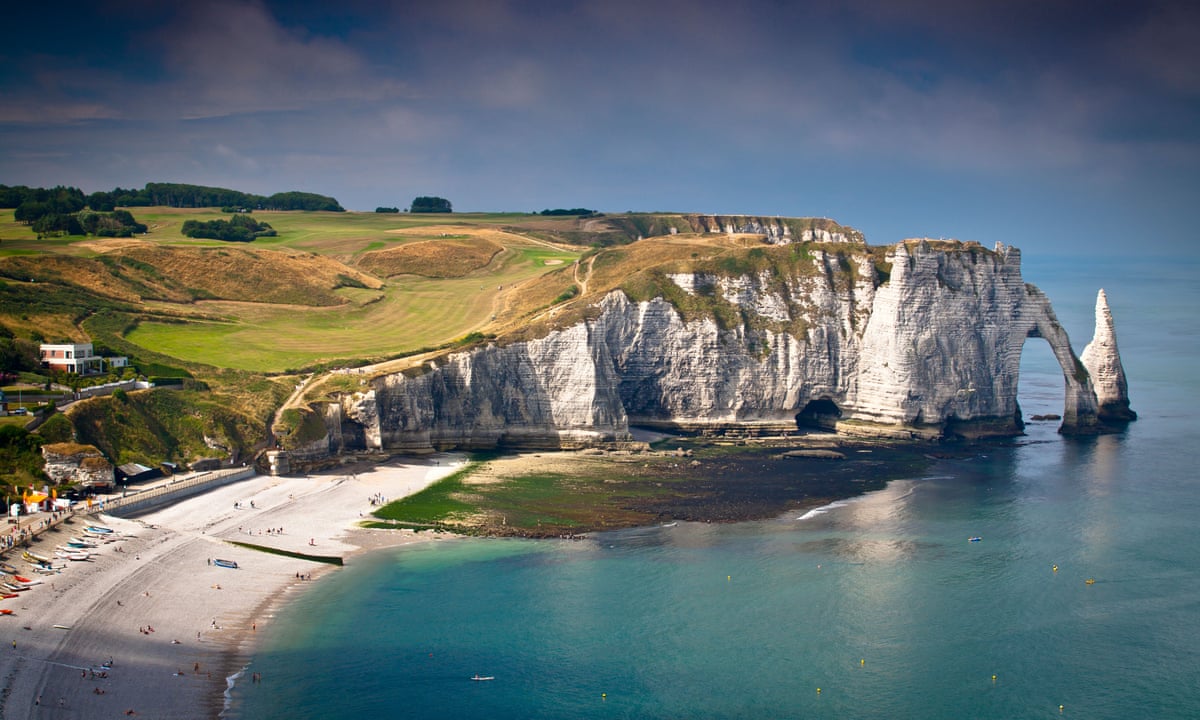
Crucially, the families of local fishers do a brisk trade from stands piled high with fresh, still-wriggling sole, plaice, mackerel, crab, and red mullet, brought straight from the small boats docked on the quayside below. This market is the ideal starting point for visitors staying in the town’s numerous self-catering apartments, allowing them to shop for dinner or assemble a perfect picnic lunch. This daily display of local produce, combined with the convenience of accessing it directly from the town centre, grounds the holiday experience in the true flavours of Normandy.
A Seafood Lover’s Paradise
The main gastronomic draw of Trouville is its raucous, atmospheric Marché aux Poissons (Fish Market). This landmark location is lined with fishmongers who do a brisk trade in both takeaway sales and service at the pavement tables. The atmosphere is charmingly chaotic, filled with the banter of fishmongers and the satisfying sight of plateaux de fruits de mer piled high with glistening oysters, clams, prawns, whelks, cockles, and mussels. Lunch here, often accompanied by a chilled bottle of Muscadet wine, becomes a memorable and essential Trouville experience, though first-time visitors should note that a significant mark-up is added to the market stall prices when dining at a table. The consistent queues of tourists, however, attest to the unbeatable quality and lively theatre of the dining.
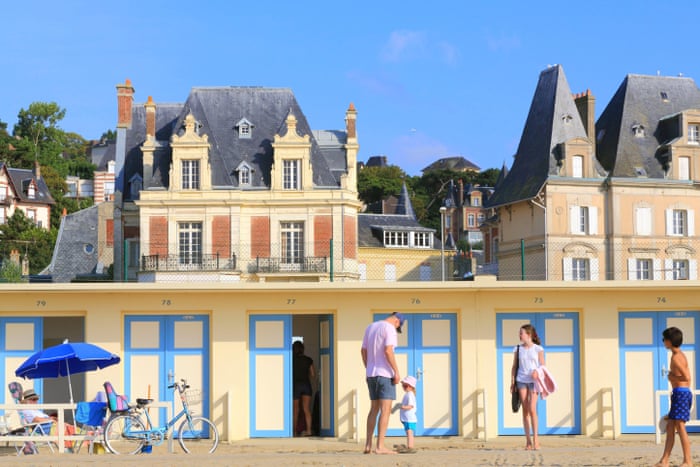
For evening meals, the town offers a range of options beyond the classic plush brasseries like Les Vapeurs and Le Central. Hidden in the back streets are exceptional, newer establishments, such as the romantic Chez Ginette, which offers a bistronomique menu of comforting grand-mère recipes like eggs mimosa with smoked mackerel or bavette steak with creamy camembert sauce. For a more adventurous experience, the quirky Turbulent features a young chef proposing daring five-course tasting menus that fuse French culinary inspiration with creative dishes like deep-fried artichoke on chicken liver mousse or smoked beetroot with tapenade, relying on the wonderful local produce supplied by the small boat fishers and organic farmers.
Beyond the Beach: Countryside and Culture
While the beach and boardwalk are central to Trouville’s appeal, the idyllic Normandy countryside of the Pays d’Auge begins just outside the town, offering rewarding excursions. The rolling hills are best explored by ebike, a comfortable option for a leisurely 22-mile ride that includes stop-offs at key regional producers. This route allows visitors to meet artisan producers, such as Thierry and Caroline Martin, who are the fourth generation to craft artisan, raw-milk Pont-l’Évêque cheese, selling their fresh product directly to a stream of locals and tourists.
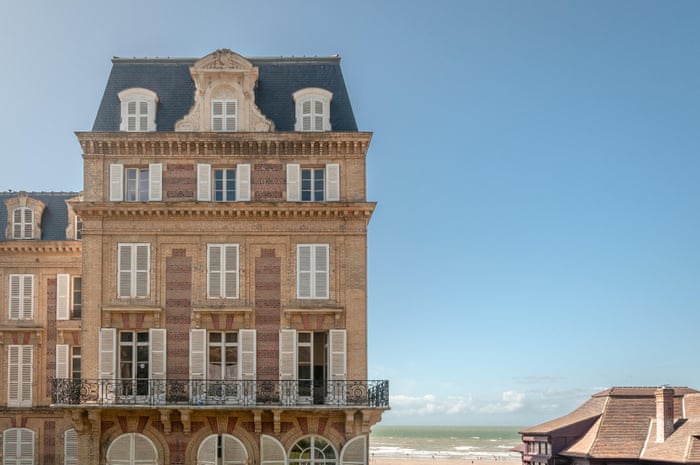
Another essential stop is Maison Drouin, a sprawling 17th-century manor and orchard complex that provides a perfect opportunity to discover the secrets of cider and calvados. Visitors can tour the half-timbered outbuildings housing the press, fermentation vats, and the alembic still used for distillation. The owners encourage visitors to taste all their products and understand the process without charge, ensuring the experience feels more like an open invitation than a mere tourist attraction. Finally, back in Trouville, the magnificent belle epoque Casino Barrière serves as an opulent reminder of the town’s glamorous past, while new cultural venues, such as a planned ciné bistro by acclaimed director Claude Lelouch (who filmed Un Homme et Une Femme in Trouville), promise exciting reasons for a future return.




